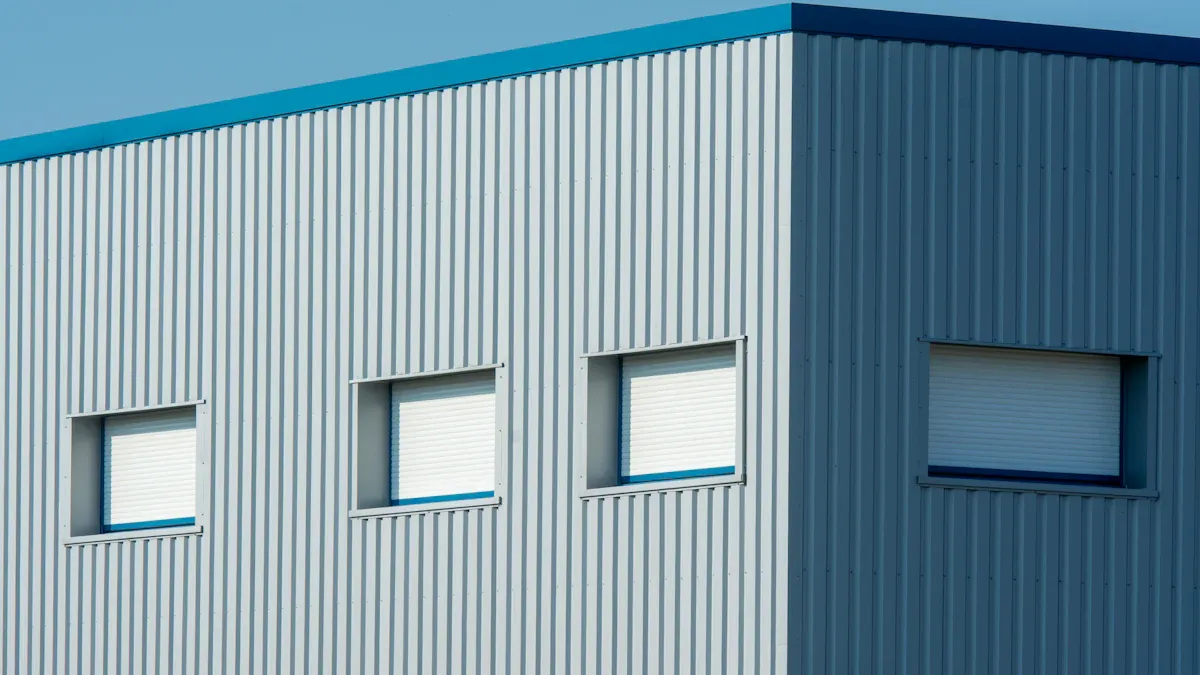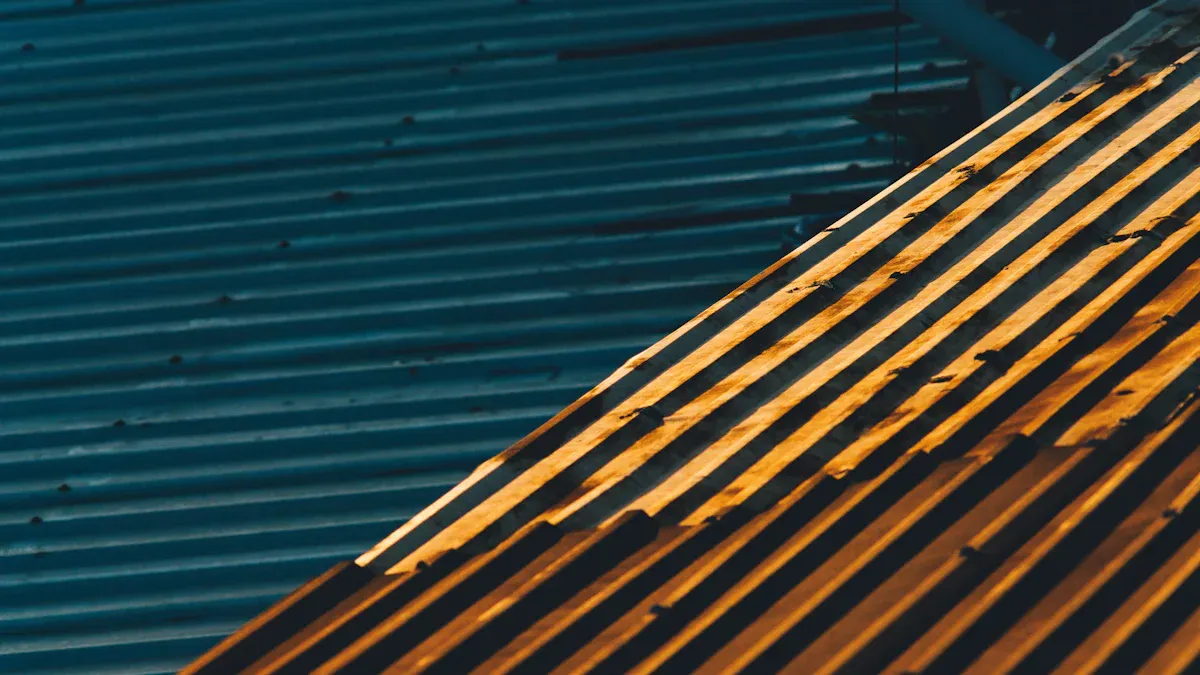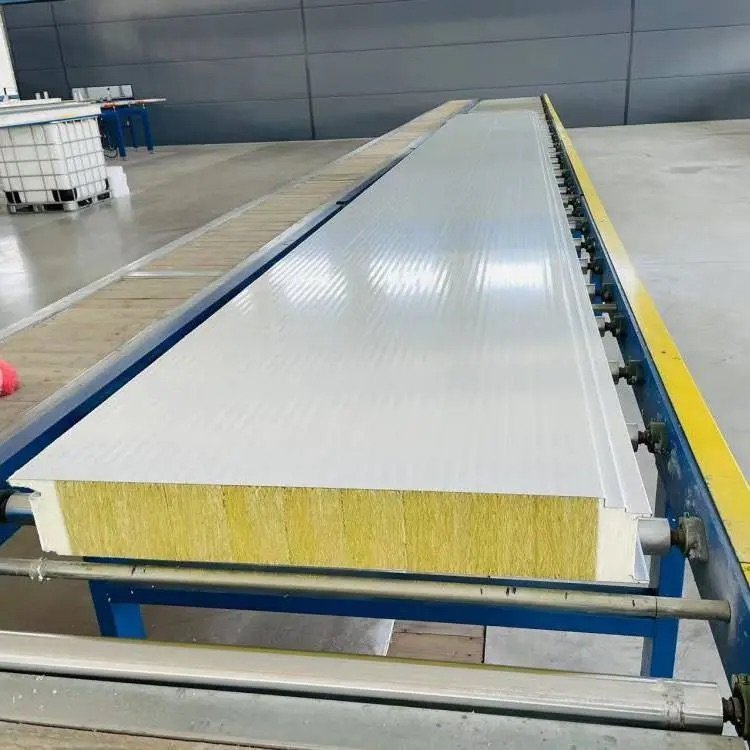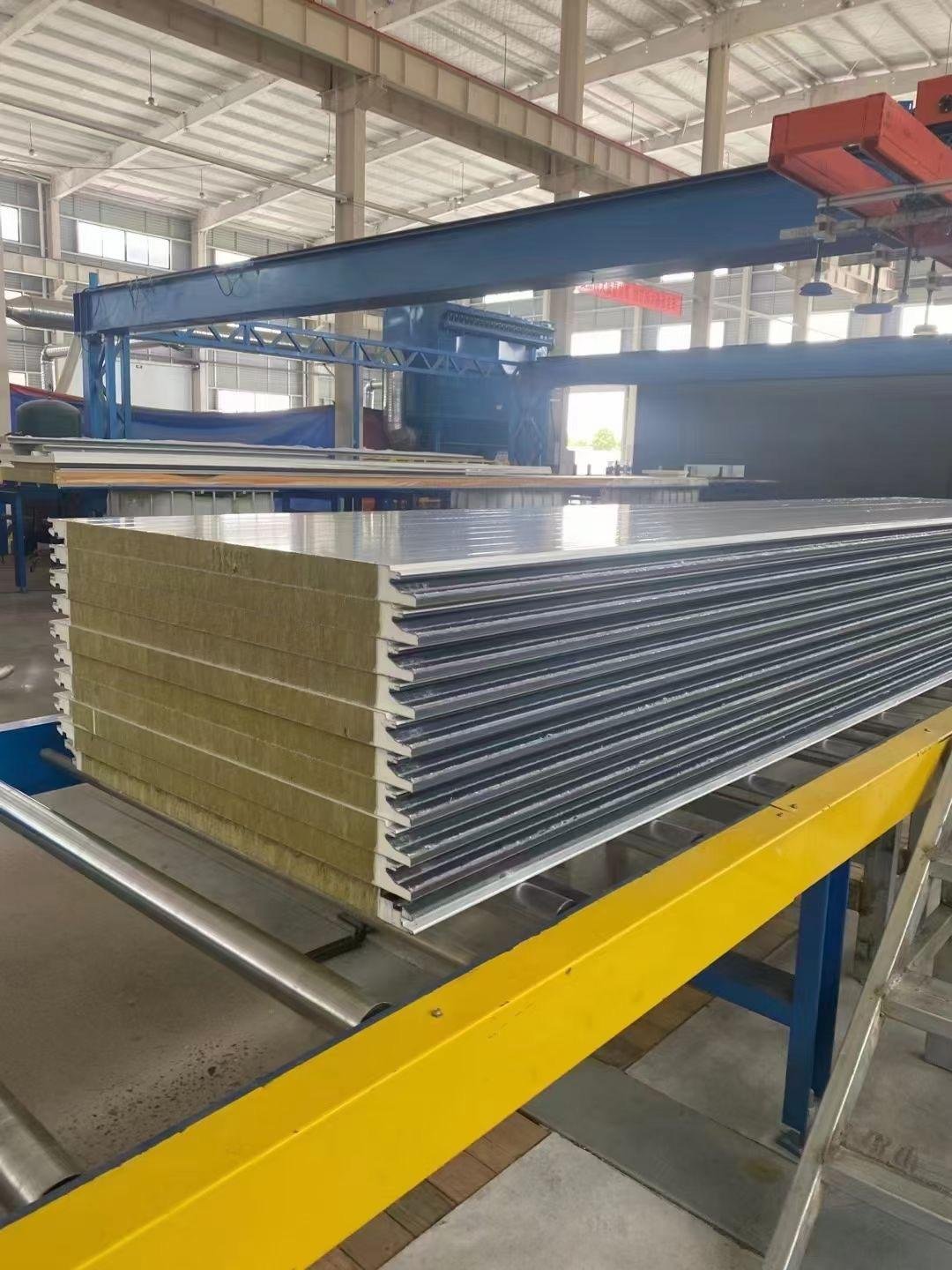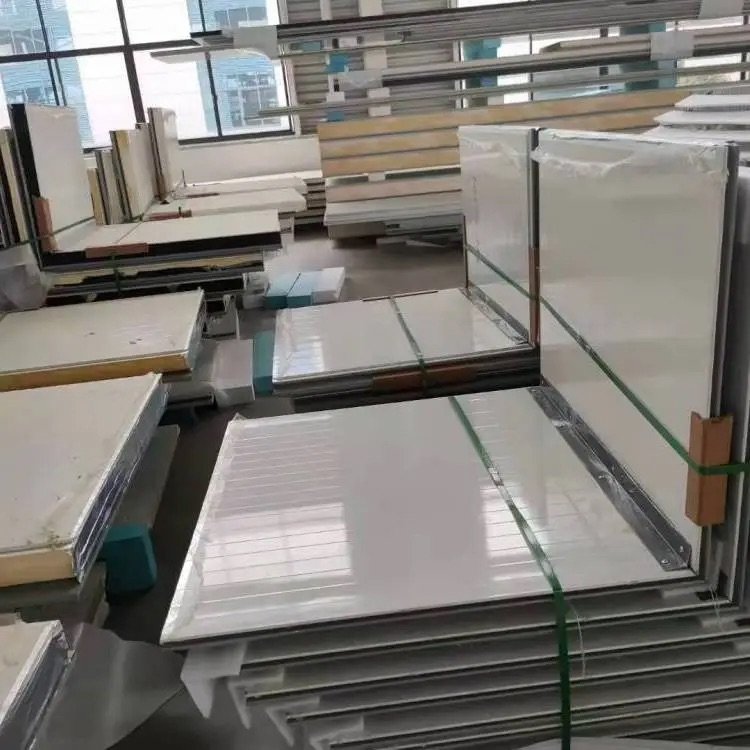
You might have seen that EPS sandwich panels are very popular in Southeast Asia. These panels keep heat out well, with R-values of 3.6–4.7 per inch. This makes them great for saving energy in hot places. They also cut labor costs by 30–40%, as shown in big housing projects like India’s Pradhan Mantri Awas Yojana. In places with disasters, like the Philippines after Typhoon Haiyan, EPS shelters were 50% stronger against wind than regular materials. Their light weight and strength make them perfect for fast-growing cities and tough weather in the region.
Key Takeaways
EPS sandwich panels help save energy and lower costs. They can reduce heating and cooling bills by 30%.
Their light weight makes them easy to move and install. This helps construction projects finish faster.
These panels keep heat and noise out, perfect for hot and loud places.
EPS panels are strong and can handle bad weather. They last a long time in tropical areas.
They are good for the environment, recyclable, and support eco-friendly building. This makes them great for modern construction.
Benefits of EPS Sandwich Panels
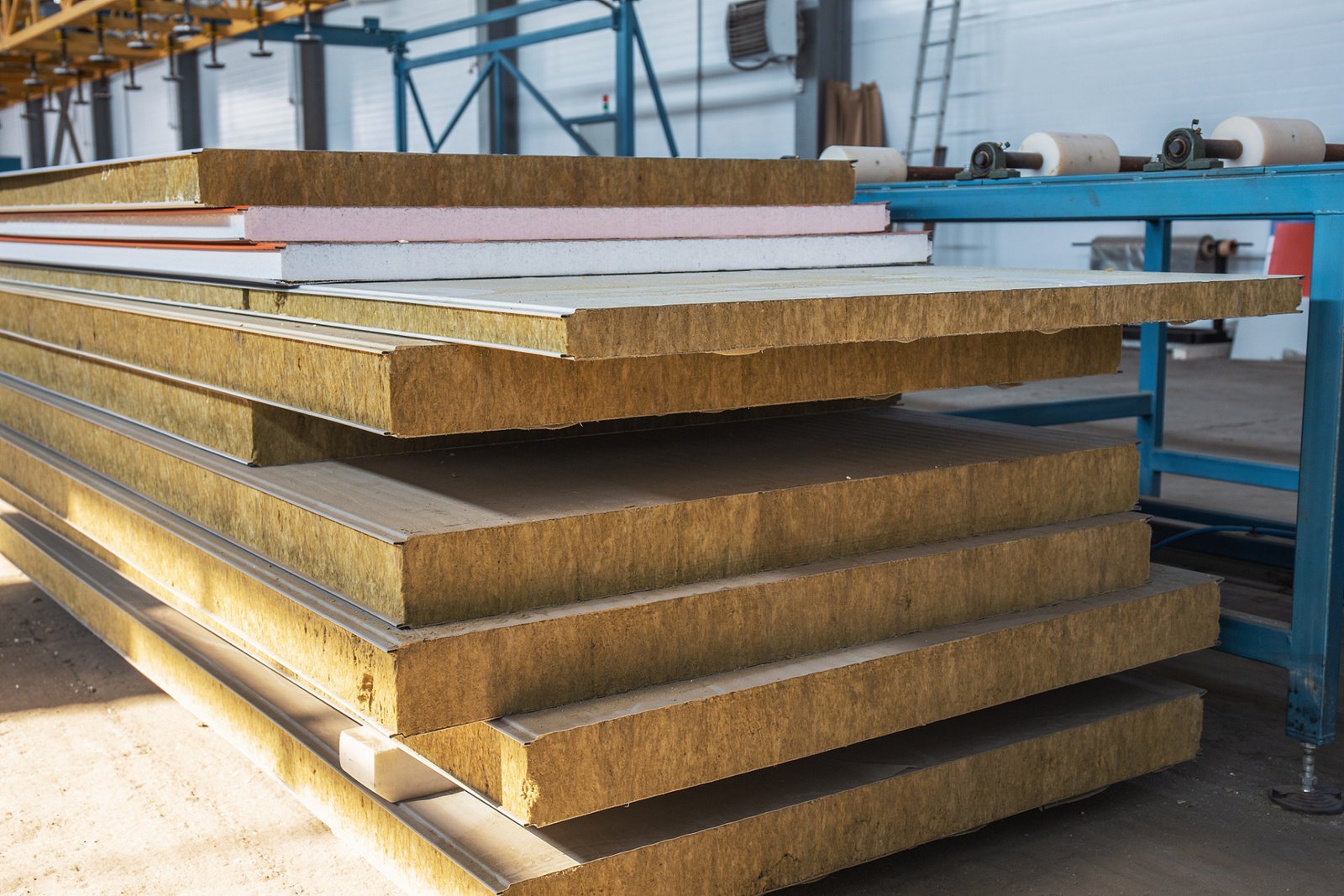
Cost-effectiveness for construction projects
EPS Sandwich Panels are a budget-friendly option for building projects. They help save energy because they keep heat and cold out. This means you spend less on heating and cooling bills. These panels also speed up construction compared to using bricks and cement. Faster building means lower labor costs and fewer expenses overall.
Buildings made with EPS panels can save up to 30% in energy compared to regular materials. Plus, these buildings last longer, making them a good long-term choice. Their strength and energy-saving features make them a great pick for homes and businesses alike.
Lightweight design and easy installation
EPS Sandwich Panels are light, so they’re easy to move and set up. You don’t need big machines to transport them, which makes delivery simple. They are designed for quick assembly, so construction takes less time.
For example, in areas hit by disasters, these panels are used to build shelters quickly. Even though they are light, they are strong and safe. This mix of being easy to use and reliable makes them popular for modern building projects.
Thermal and sound insulation advantages
EPS Sandwich Panels are great at keeping heat and noise out. Their EPS core helps keep indoor spaces cool, so you don’t need as much air conditioning. This is perfect for Southeast Asia’s hot weather.
Property | Description |
|---|---|
Material | Expanded Polystyrene (EPS) |
Weight | Lightweight |
Cost | Affordable |
Thermal Insulation | Keeps spaces cool or warm as needed |
Applications | Used in homes and cold storage buildings |
Market Demand | Growing due to need for cheap, energy-saving materials |
These panels also block noise, making them great for noisy cities. Whether for houses, offices, or factories, EPS Sandwich Panels are a smart choice for insulation.
Adaptability to Southeast Asian Markets

Handles heat and humidity well
Southeast Asia is hot and humid all year. Buildings need materials that work well in these conditions. EPS Sandwich Panels are great for this. Their foam core keeps water out, so they stay strong even in wet weather.
Studies show heat and water can damage foam panels. Water gets into cracks, causing breaks and weakening the material. But EPS panels are made to avoid these problems. This makes them a good pick for hot, humid places.
Because they resist heat and moisture, EPS panels are useful for homes, offices, and factories in the region.
Strong in tropical weather
Tropical areas get heavy rain, strong winds, and lots of sun. Materials must last without needing repairs often. EPS Sandwich Panels are tough and lightweight. They don’t break easily from bad weather.
These panels stay strong over time, even in storms or monsoons. Their durability makes them a smart choice for long-lasting buildings.
Matches local building needs
Southeast Asia’s building industry is changing fast. Builders want energy-saving, eco-friendly, and low-cost materials. EPS Sandwich Panels fit these needs perfectly. They meet strict insulation rules and local codes, making them ideal for new projects.
Reports show more people want EPS panels because cities are growing. They are cheap and easy to install, which adds to their popularity. Using EPS panels helps you build smarter and greener buildings.
Comparing EPS Sandwich Panels to Alternatives
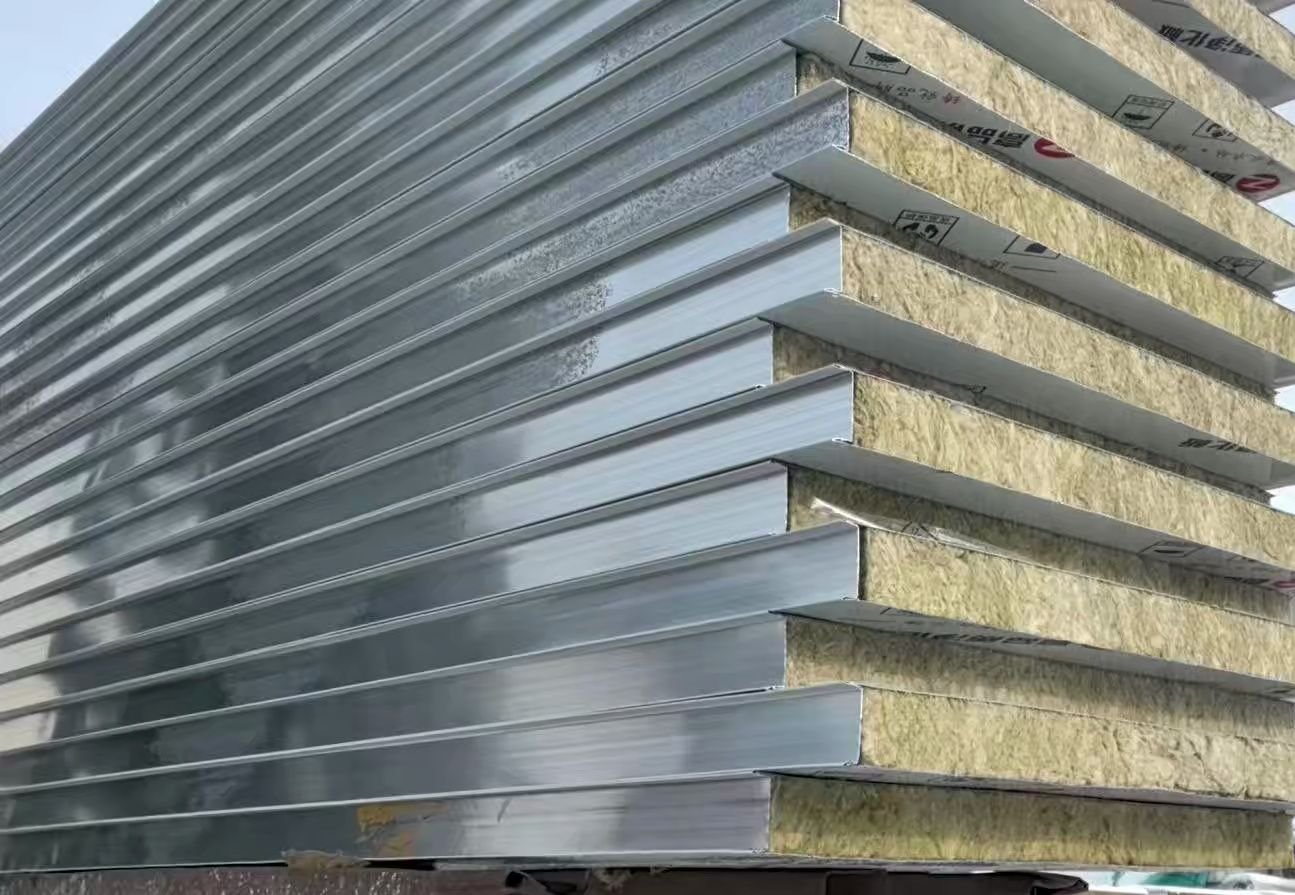
Advantages over traditional building materials
EPS Sandwich Panels are better than concrete or brick. They can be recycled, which reduces trash and helps the environment. Making them uses fewer materials, saving natural resources. Their light weight means less energy is needed for transport, cutting pollution.
These panels save money because they make building faster. They also lower heating and cooling costs by keeping spaces insulated. This helps you spend less on energy bills and reduces your carbon footprint.
EPS panels are more eco-friendly than older materials. They use fewer resources and support green building practices. If you want a modern and planet-friendly option, these panels are a great pick.
Comparison with other panel types
EPS Sandwich Panels are also better than panels like PU or rock wool. PU panels insulate well but cost more and harm the environment. Rock wool panels resist fire but are heavy and hard to set up.
EPS panels are light, so they’re easy to move and install. They keep spaces cool in hot weather and are cheaper than many other panels. This makes them a good choice for many projects.
If you want something strong, affordable, and easy to use, choose EPS panels. They last long, save energy, and are simple to work with, making them perfect for modern buildings.
EPS Sandwich Panels are a cheap and energy-saving choice for building. They are light and keep heat out, perfect for hot weather. The demand for these panels is rising fast. By 2024, the market may reach USD 146.82 million, growing 11.8% yearly. More cities and eco-friendly ideas are boosting this need. Using EPS Sandwich Panels helps you make strong, green buildings that fit today’s building methods.
FAQ
What are EPS sandwich panels made of?
EPS sandwich panels have a foam core called expanded polystyrene (EPS). This core is placed between two strong outer layers, usually steel or aluminum. The foam keeps heat out, and the outer layers make the panels strong and long-lasting. They are light but very sturdy.
Are EPS sandwich panels eco-friendly?
Yes, EPS sandwich panels are good for the environment. They help save energy by keeping buildings warm or cool, reducing heating and cooling costs. They can also be recycled, which cuts down on waste and supports green building methods.
How long do EPS sandwich panels last?
EPS sandwich panels are very strong and can last many years. They resist water, heat, and bad weather, which helps them stay in good shape. If installed and cared for properly, they can last even longer, making them a great choice for long-term use.
Can EPS sandwich panels withstand extreme weather?
Yes, EPS sandwich panels can handle tough weather. They stand up to heavy rain, strong winds, and high humidity. Even though they are light, they are strong enough to stay safe during storms. This makes them perfect for tropical areas like Southeast Asia.
Where can you use EPS sandwich panels?
EPS sandwich panels can be used in many places. They work well for homes, offices, cold storage buildings, and emergency shelters. Their ability to insulate, easy setup, and flexibility make them a great choice for different building projects.

